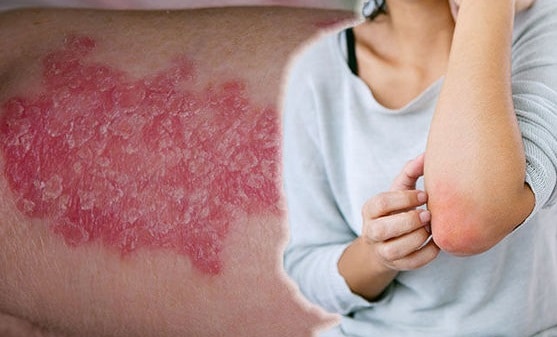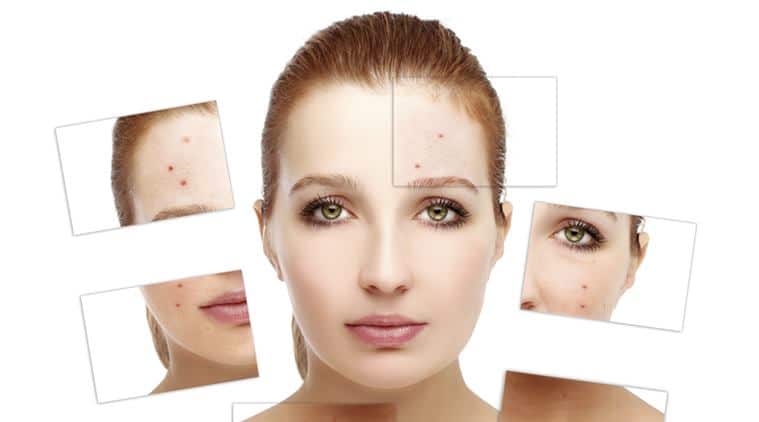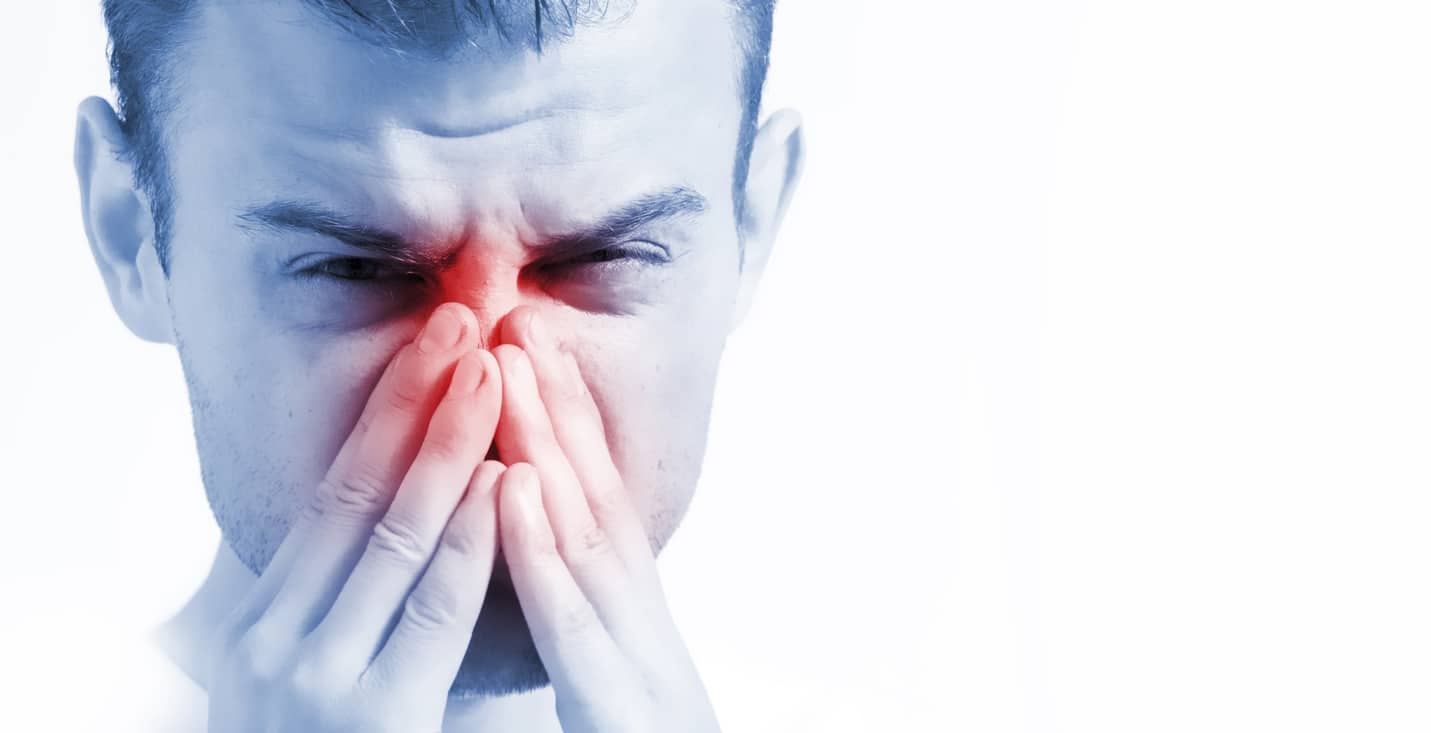
PSORIASIS
Psoriasis is a non irresistible provocative aliment of the skin, portrayed by very much characterized erythematous plaques with gleaming (silvery) scales.
Psoriasis may start at any age but is unusual before the age of 5 and the oldest recorded onset was in a patient aged 107.
- Chronic, lifelong skin disease
- Common in adults
- Hereditary and auto-immune
- Causes skin inflammation
- Commonly seen on knees and elbows
- Tends to be more painful and dry scales
- Remains dry and doesn’t normally causes oozing sores/blisters
- Appears in adults most often
- Linked to reduced immune function
- Tends to run in families
FACTORS CAUSING FLARE UP OF PSORIASIS
TRAUMA: when the condition is erupting, lesions appear in area of skin damage such as scratches or Surgical wounds (KOBNER PHENOMENON)
INFECTIONS: beta hemolytic streptococcal throat infections often precede guttate psoriasis.
SUNLIGHT: rarely UVR may worsen psoriasis
DRUGS: Antimalarial, beta adrenoreceptors antagonists (BETA BLOCKERS) and lithium may worsen psoriasis.
EMOTIONS: Anxiety precipitates some exacerbation
TYPES OF PSORIASIS
STABLE PLAQUE PSORIASIS: Scalp (60%) patients with psoriasis, well demarcated easily palpable area, in palms it’s difficult to recognize as individual plaques may be poorly demarcated.
- PLAQUE PSORIASIS (most common form of psoriasis)
- Causes red, scaly skin patches
GUTTATE PSORIASIS: Mostly commonly seen in children’s and adolescents and may follow Streptococcal
sore throat, lesions are droplet shaped, majority will develop plaque psoriasis later in life.
Guttate Psoriasis usually causes small red bumps or patches that can be triggered by low immune
function, stress or infections.
ERYTHRODERMIC PSORIASIS: Skin becomes universally red with hypo or hyperthermia.
PUSTULAR PSORIASIS: Generalized rare but very serious onset, sudden with large no of small Pustules
erupting on red base, with swinging pyrexia coinciding with new pustules, primarily affect palms and
soles, Causes pus-filled, inflamed blisters on the skin that are usually painful.
NAIL OR SCALP PSORIASIS: Affects the nail beds and head, causing dryness and detached nails
SEVERE PSORIAISIS: A term usually given to painful forms of psoriasis, including pustular and guttate
psoriasis
INVERSE PSORIASIS: Bright red, shiny lesions that appear in areas where skin folds.
SIX SIGNS THAT MAY INDICATE PSORIASIS
- Small scaling spots (commonly seen in children)
- Dry cracked skin that may bleed
- Itching, burning or soreness
- Thickened, pitted or ridged nails
- Swollen and stiff joints
CERTAIN TRIGGERS CAN WORSEN THE DISEASE
- Infections
- Stress
- Heavy alcohol consumption
- Injury to the skin (including sunburn and drug bites)
- Cold weather
- Certain medications
Most Common signs and symptoms of psoriasis typically include at least one of the above
conditions.

 Whatsapp
Whatsapp 7337067700
7337067700 support@starhomeopathy.com
support@starhomeopathy.com



